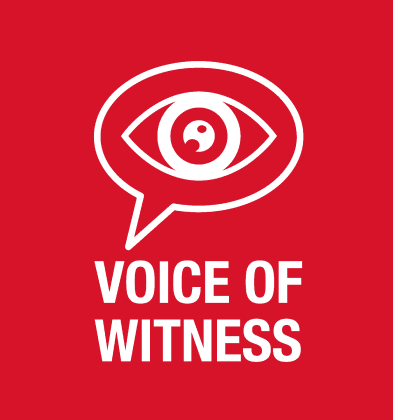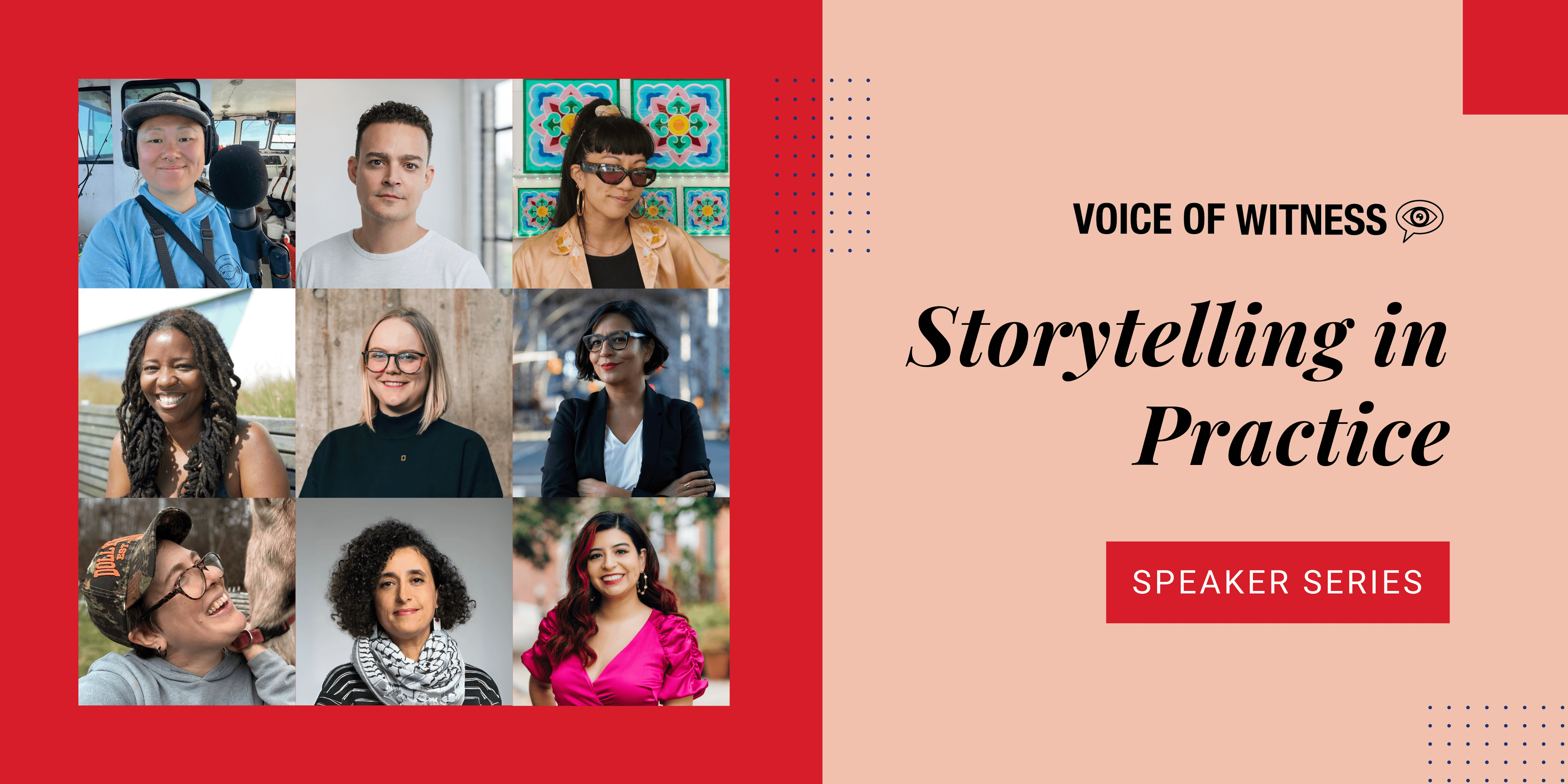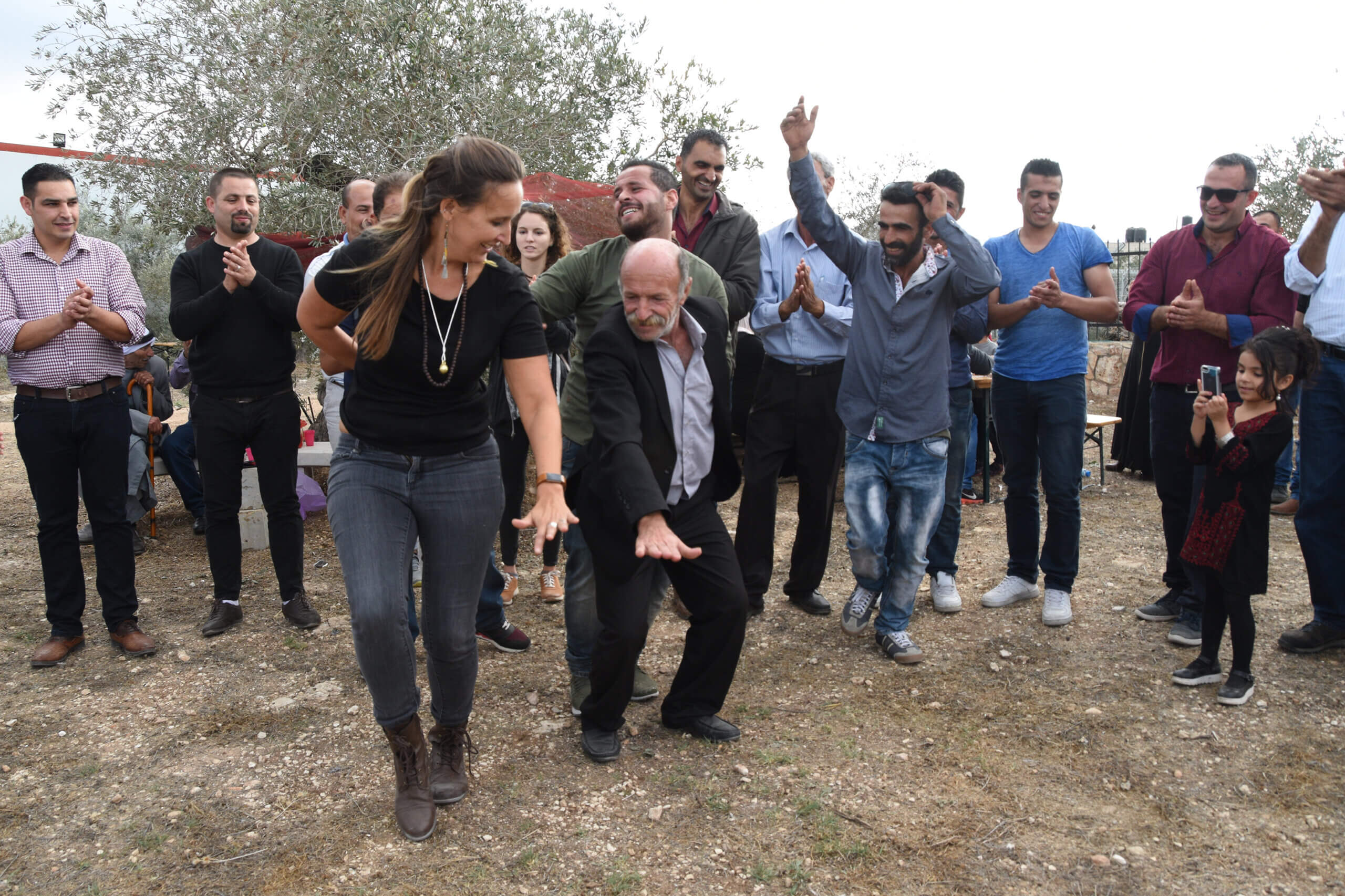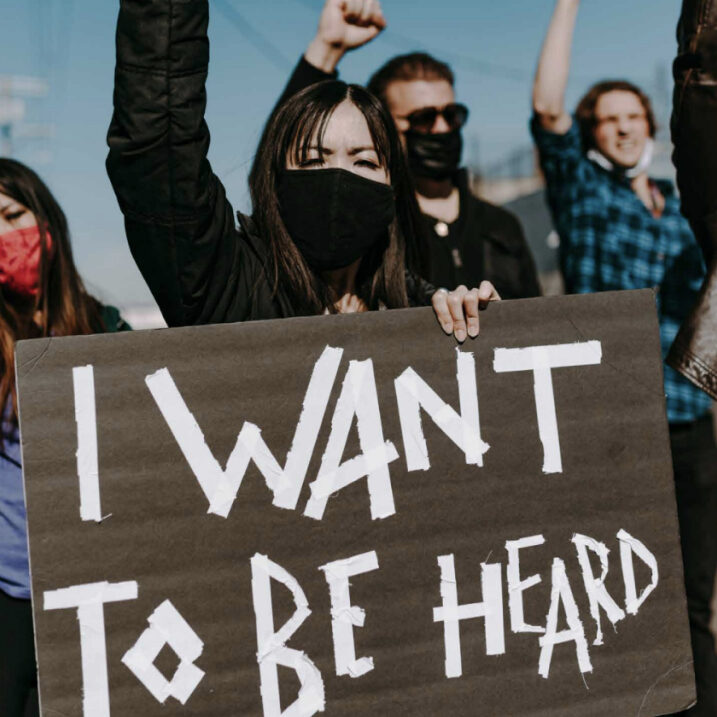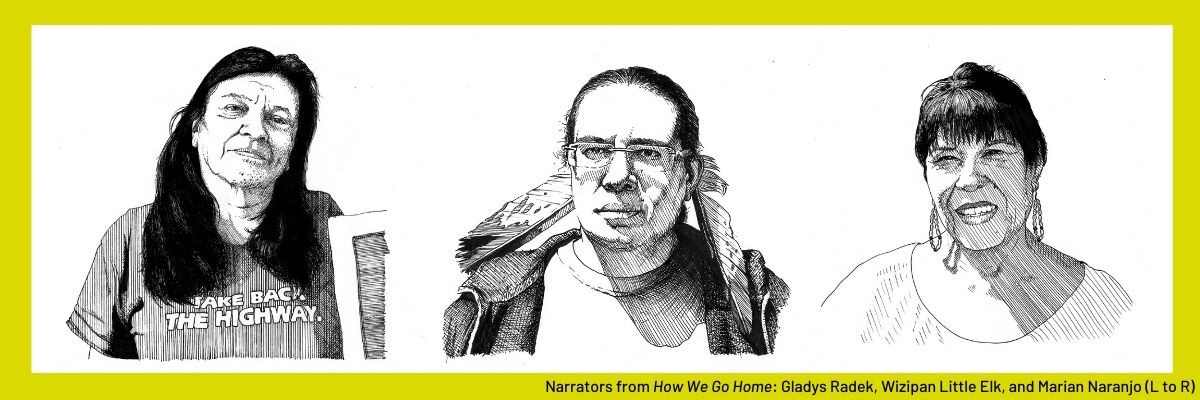
On Indigenous Peoples’ Day and beyond, take action to support Indigenous communities.
The Voice of Witness book How We Go Home: Voices from Indigenous North America shares contemporary first-person stories in the long and ongoing fight to protect Native land, rights, and life. Edited by Sara Sinclair, an oral historian of Cree-Ojibwe and settler descent, the book also shares contextual essays and a list of 10 actions anyone can take to learn about and engage with movements for Indigenous justice.
An adapted version of the list is shared below and in Sara’s article in the Guardian, “Indian country showed up to beat Trump. How can you show up for Indian country?“
1. Remember that we are all occupying tribal land, and know whose traditional territory you live on.
The map developed by Native Land Digital is a good place to start. Do research into the Indigenous peoples who historically occupied the territory, who currently does, and the history of how it was stolen.
2. Learn how to do a land acknowledgment to bring awareness to Indigenous peoples’ presence.
For a guide on how to observe this practice, visit landacknowledgements.org. However, don’t let the land acknowledgment be a token gesture. Know your history and remember that an acknowledgment should also be a commitment to take action towards a more just future.
3. Advocate to your local school boards for inclusive, accurate curricula.
Advocate to your local school boards to include Native American children’s literature, history, and contemporary perspectives in the curriculum, specifically the history of local tribes. If you are an educator, add more Native content to your syllabi. Start with Voice of Witness’s free lesson plans exploring colonization and contemporary Indigenous experiences.
4. Read books by Indigenous writers.
Read authors like Tommy Orange, Billy-Ray Belcourt, Robin Wall Kimmerer, Lee Maracle, Terese Marie Mailhot, Vine Deloria Jr., Louise Erdrich, and N. Scott Momaday to learn how Native people represent themselves and their cultures, histories, and communities. Check out our book How We Go Home: Voices from Indigenous North America to read Native oral histories.
5. Support your local Indigenous community center.
You can find them in Oakland, Los Angeles, Chicago, New York City, Toronto, Denver, Winnipeg, Victoria, Minneapolis, and many more cities throughout North America and the world.
6. Learn from Indigenous thought-leaders and movements.
Even if your formal education didn’t make space for Indigenous knowledge, it’s not too late. Search #NativeTwitter to find Indigenous users, opinions and events. Follow @_IllumiNatives, @IdleNoMore4, @WinonaLaDuke, @The_Red_Nation, @repdebhaaland, @repdavids, @NDNCollective, @jnoisecat, @CrystalEchoHawk, @SimonMoyaSmith, @apihtawikosisan and others.
7. Donate money or time to Native-led programs and organizations.
For example, you can support the work of the National Indigenous Women’s Resource Center to end the crisis of violence against Native women, girls, and two-spirit folks. Check out the work of NDN Collective, IllumiNative, Seeding Sovereignty, and Decolonizing Wealth as well.
8. Divest!
Avoid banks, like Wells Fargo and Chase, that violate Native treaty rights by bankrolling environmentally devastating fossil fuel developments. Visit the Indigenous Environmental Network for an overview of the case for fossil fuel divestment, guidance on how to contact CEOs and executives, and steps you can take to divest and reinvest.
9. Campaign and vote for Native candidates at all levels of government.
It’s crucial to increase Indigenous representation at the local, state, and national levels. Demand more of currently elected governments, too; advocate for policy and legislation that supports Native communities.
10. Educate yourself about the Land Back movement.
The Land Back movement aims to restore stolen territory to Indigenous nations. If you are interested in repatriating land, pursue relationships with local Indigenous people and organizations involved in land return. If direct repatriation doesn’t make sense where you have access to land, you can support the struggle by selling land you own and donating income to the movement. You can also donate to land tax or land returns movements.
